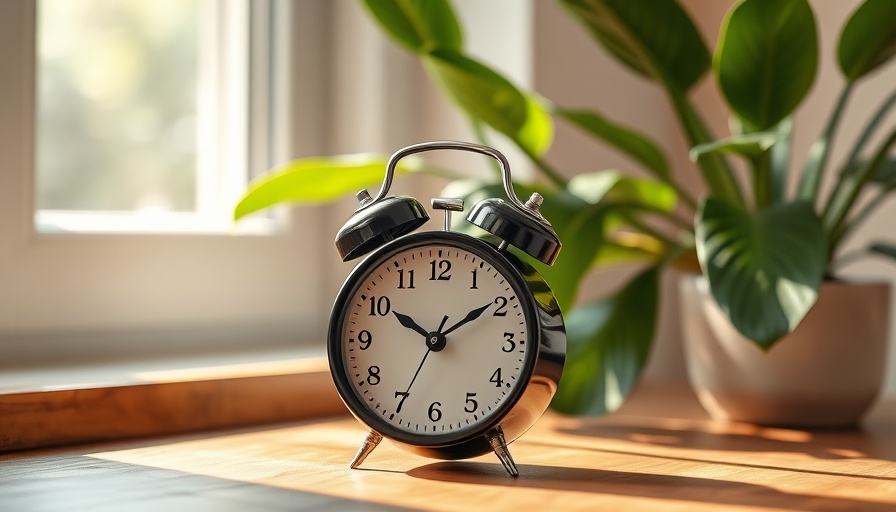
Why Aren't We Done With Daylight Saving Time Yet?
Every spring, we shuffle our clocks forward an hour, losing precious sleep, only to revert back in the fall. This twice-yearly tradition has become a hotbed of contention, with growing numbers of citizens and legislators advocating for a permanent solution. Recent surveys indicate that a mere 19% of people support maintaining the clock changes. The debate centers not just on inconvenience but deeply embedded issues of health, economic impacts, and social rhythms.
The Health Risks Behind Daylight Saving Time
Many people may not realize the detrimental health effects of altering our clocks. Dr. Leah Kaylor, a sleep expert, underscores the physiological disturbances caused by these changes. Individuals face disrupted circadian rhythms, leading to sleep deprivation, more frequent heart attacks, and even strokes. Alarmingly, studies show that the risk of heart attacks increases by 24% in the week following the spring clock change. Sleep disruptions don’t just affect individual health; they ripple through society, influencing productivity levels, increasing traffic accidents, and negatively impacting stock market performance.
The Environmental Perspective: Does DST Still Make Sense?
Initially, Daylight Saving Time was introduced to conserve energy during World War I. A notable belief was that extending daylight hours could reduce reliance on artificial lighting. Fast forward to today, and our energy usage habits have dramatically shifted. Rob Boyle, founder of Emission Index, argues that maintaining standard time year-round could reduce pollution and healthcare-related resource consumption, contributing to a healthier planet. With today’s technology, the energy savings initially hoped from DST might be negligible.
Animals and Ecosystems: A Less-Human Perspective
The impact of time changes extends beyond us. Ecosystems, too, are shaken by our clock-shifting habits. Animals depend on a consistent rhythm of daylight and darkness for feeding, mating, and resting. When humans alter their schedules, they inadvertently disrupt wildlife. As Boyle explains, when our patterns shift, it affects not only our well-being but also the delicate balance of nature, causing unforeseen consequences in our surroundings.
Diverse Perspectives: What is the Best Path Forward?
The debate often splits proponents into two camps—advocates for permanent Daylight Saving Time versus supporters of maintaining Standard Time all year round. Advocates for Daylight Saving Time emphasize the enhanced evening light that promotes outdoor activities and economic benefits for businesses. This consideration is especially vital for the home improvement industry, which sees a rise in weekend projects and outdoor engagements with longer evenings. Conversely, supporters of Standard Time argue for stability and alignment with natural daylight, emphasizing health and safety benefits for communities.
Your Role: Can We Affect Change?
As a homeowner, your voice matters. Reach out to local representatives to share your thoughts on the daylight saving debate. If we all engage in this conversation, we can push for a change reflecting a consensus on health benefits, environmental responsibility, and community welfare. Understanding the implications of our timekeeping practices is vital to creating a healthier lifestyle for all.
Conclusion: Take Action on Time Changes for Better Living
As this annual debate heats up, remember the profound impact we can have in shaping our communities through responsible conversation and action. Whether advocating for health, environmental sustainability, or our beloved outdoor activities, let’s take a stand as informed and engaged citizens. Join the conversation about ditching Daylight Saving Time or supporting its transformation into a permanent, consistent time. Your voice can help foster a healthier, more connected community.
 Add Row
Add Row  Add
Add 






Write A Comment